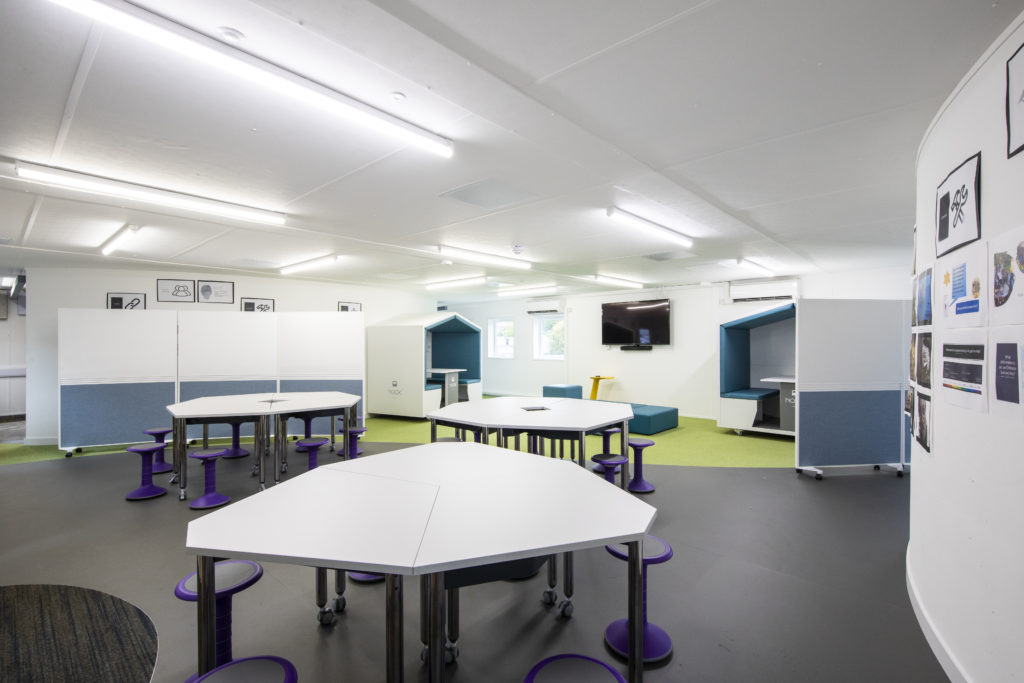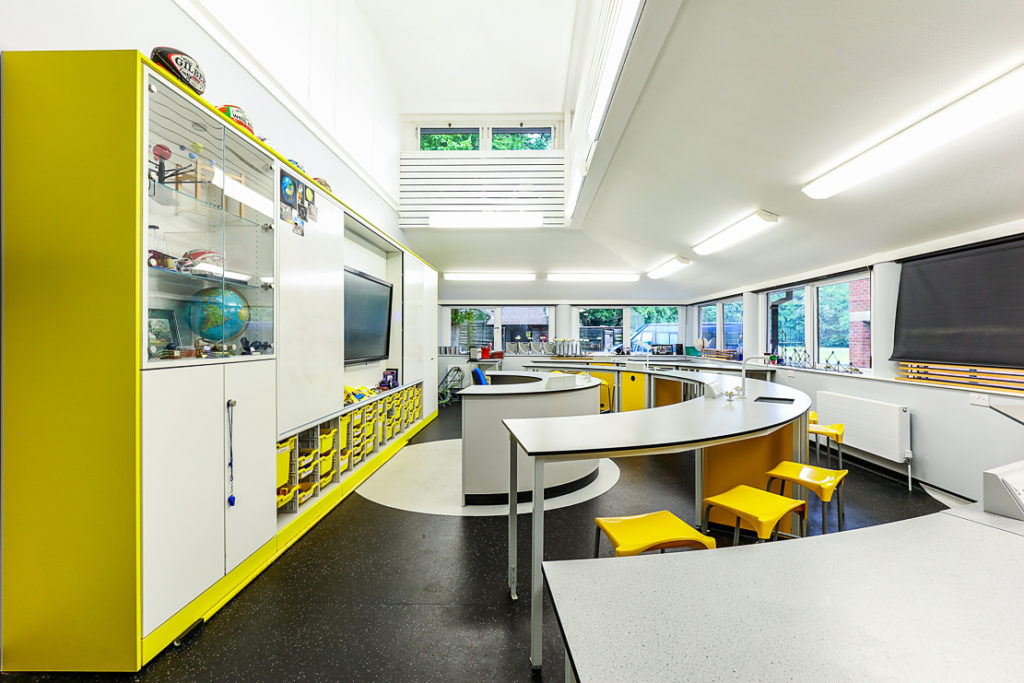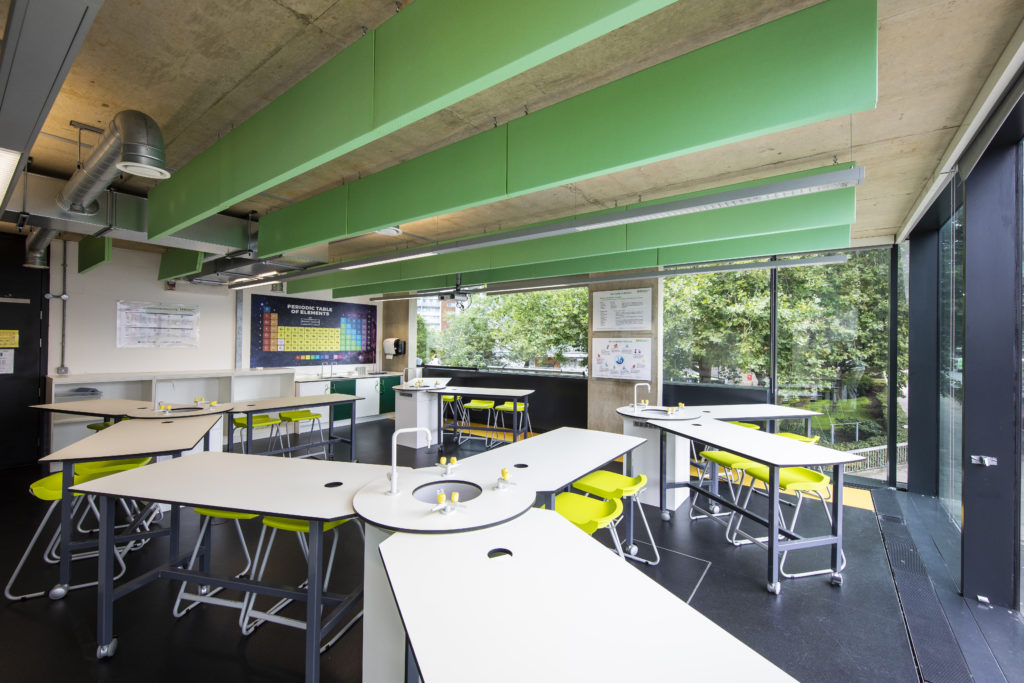Fairytale Buildings – Or are they?

The effects on your students
According to TES magazine’s January feature, classrooms in the UK tend to have been built without air conditioning, some without access to decent ventilation, facing hot, open spaces in the summer with no respite for students who cannot focus in the rising heat. Alternatively, in the winter and with energy costs rising, cold buildings that can be damp but putting the heating on may be a resource of energy inefficiency that schools are trying to cut down on as far as they can, leaving students to have to wrap up as best they can whilst still trying to work to their full potential. If furniture is uncomfortable or too hard, students struggle to do their best work and could cause long term issues; if the room is too dark or too bright with fluorescent strip lighting and no natural light, concentration and engagement suffers. Emeritus Professor Peter Barret of Salford University – the youngest ever professor appointed to the university – explains it like this in his team’s ‘Clever Classrooms’ report: “…if you are in a cramped, hot, noisy, stuffy classroom, it can really affect your ability to learn.”

The Dream Classroom
The authors of ‘Planning Learning Spaces: A Practical Guide for Architects, Designers and School Leaders’ believe that every decision about classroom layout should be inspired by learning. Teachers should introduce some elements of the learning area that are flexible and can be moved to create new or additional space along with fixed spaces such as a reading area or individual study space. Envoplan’s Teaching Walls, boards and classroom colours, interesting designs and clever focus points will enhance students’ love of learning whilst enjoying their surroundings. Let students take a degree of ownership about their classrooms – what do they want to see? How are your desks laid out; can you walk easily around the room to engage with and support students as they work on their tasks? The effect of more active learning classrooms (ALC) is cited in a study from Iowa State University showing that ALC allowed students and staff to “share, distribute and co-construct knowledge, resulting in feeling of community and engagement”.

The Goldilocks Principle




